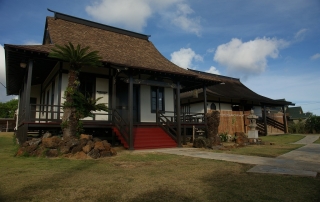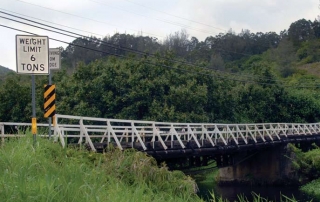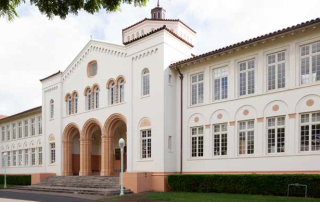Kekaha Sugar Mill (2007) LOST
Photos: Courtesy of Sue Boynton UPDATE: DEMOLISHED IN 2012 In 2012 the Kakaha Sugar Mill was demolished. LISTED AS ENDANGERED IN 2007 Article Written By: Michael Keany, HONOLULU Magazine What was it? Kekaha Town literally grew up around this mill. From the founding of Kekaha Sugar Co. in 1898 until the end of sugar operations in 2000, the mill provided the area its main economic driver, not to mention one of its most prominent landmarks: the smokestack that still towers above the town. It may not look it today, but the Kekaha Sugar Mill is actually the most modern sugar facility in Hawai‘i—it was built in 1954 as an upgrade to older, smaller mills before it. What threatened it? In a general sense, the wane of the sugar era on Kaua‘i means that plantation towns such as Kekaha and Lıhu‘e are faced with reinventing themselves. The mills that defined these towns may fall victim to the search for new commercial activity. Specifically, Pahio Development Inc., the company that bought the Kehaha Mill property earlier this year, and which also owns Lıhu‘e Mill, may be looking into replacing the structure with a new development, although president and CEO Lynn McCrory won’t say exactly what kind. “We’re still looking at the options for the site,” she says. “We’d like to take a bit more time looking at those possibilities and moving forward on them.” What could have been done? Jose Bulatao, vice-chair of the Kaua‘i West Side Watershed Council and a lifelong resident of Kekaha, says he wants Pahio Development to involve the Kekaha community in the discussion over what to do with the mill property. He acknowledges that it may be a costly endeavor to adapt [...]





